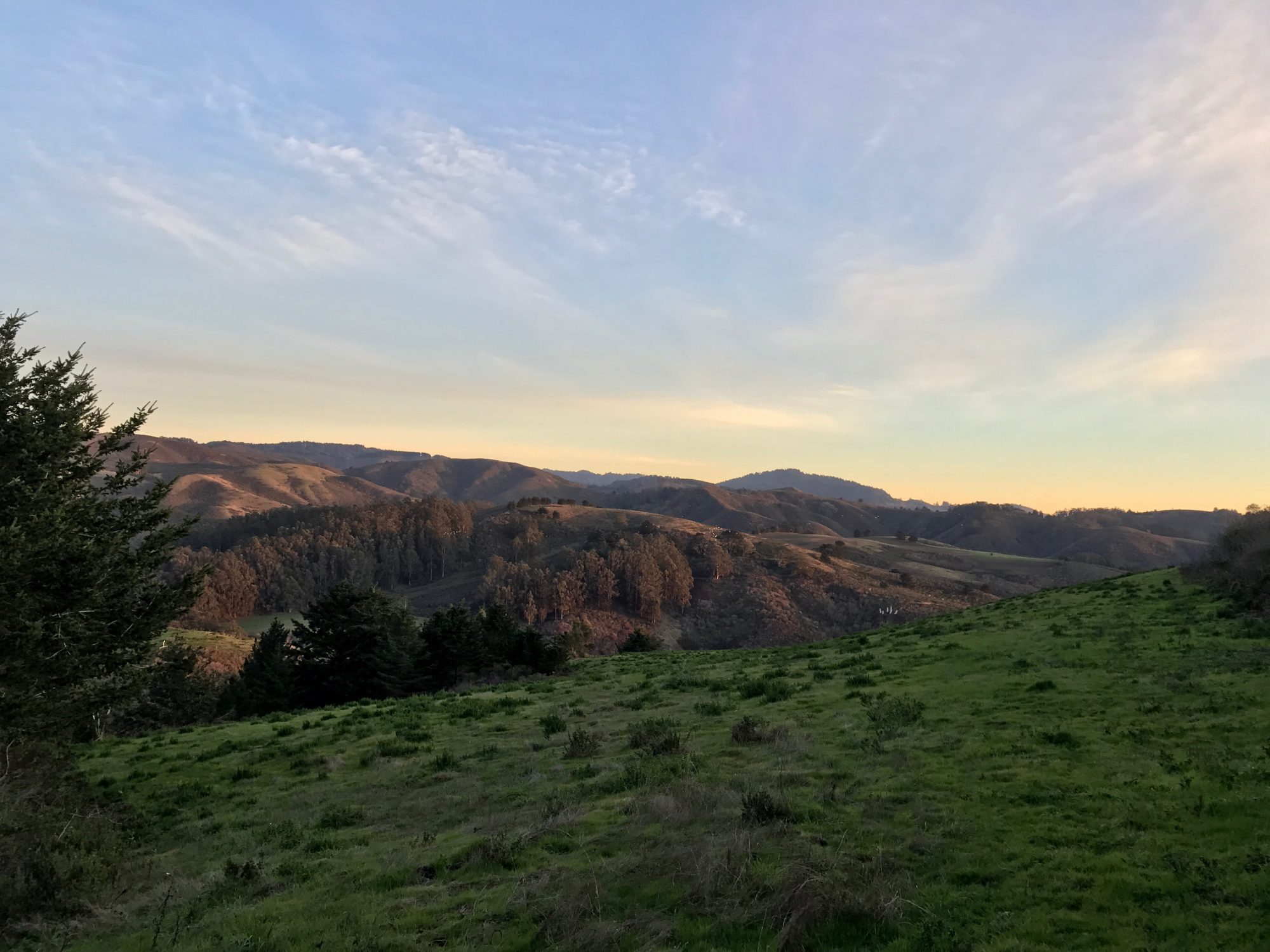Until a few years ago, the tech world, and especially the computer systems and software industries, were full of imagination and inspiration. A computer was a ‘bicycle for the mind’ 1, and the internet a ‘town square for the global village’ 2.
Now, instead, we have growth at any cost and an advertising-driven business model that invades our lives and manipulates us to click again for that next dopamine rush.
It doesn’t have to be this way. I’m hoping, and even betting, that this is a aberration, a temporary derailing of our progress.
Technology itself is not the answer. As always, all progress will come from talented and creative people. But to turn this around takes the right kinds of values, and development of a different kind of vision for a technological future.
Look Where You Want to Go
I’m a skier, and even though my arthritic right knee doesn’t let me take on the mountain like I used to, skiing is still deep inside me. When I was first learning about mindfulness and meditation, I recognized the peaceful focus described by Jon Kabat Zinn and Alan Watts in my solo tracks on steep slopes through the trees. It’s “the zone,” but not in the constrained and restricted mode that sports often evoke, but in an open, free, and spacious awareness. Skiing the trees is different from running gates for time. The perfection is creative. The pathfinding is artistry. It’s a dance.
One thing you don’t do when skiing through the trees is look at the trees. You look at the gaps between the trees — you look where you want to go, not at what you want to avoid. You look beyond the immediate gap in front of you. You see, all at once, all the shapes and possibilities down the whole mountain. You don’t take a direct route, but choose creatively for fun; for variety and for expression.
For years now, the world of Silicon Valley has been dominated by a focus on growth, which brings with it an implied strategy of free products supported by advertising, driving problematic tactics to maximize engagement. Engagement. That’s the term of art for what might also be called click addiction.
Google’s unofficial motto, “Don’t be Evil” always struck me as lacking. They are saying, “Don’t hit the tree.” There is an opportunity they have to refine that to focus on building something good, rather than avoiding something bad. There’s no creative energy developed from “don’t hit the tree.”
Google’s official mission statement is better: “To organize the world’s information and make it universally accessible and useful.” But I’d be more impressed if it answered a human question of “why.” But even here they fall down. Look at YouTube, a place where the rabbit hole of video after video will take one to darker and more outrageous places. Maybe if they had some more human focus on improving the world, they would find some way to surface better material on YouTube. Maybe.
Who do You Choose to Be?
When Tim Cook says that “he wouldn’t be in this situation,” he a referring to Facebook but also commenting on this whole ecosystem. Facebook, of course, has well-documented problems as their targeted advertising tools have be used by bad actors to foment division and crank up the rage. But it’s not that different elsewhere. A whole industry exists to glean information about us from our every interaction and then drop targeted advertising in front of us wherever we go online. All of this creates problems for vulnerable individuals and groups to be sure, but also for society as a whole. Tim Cook wouldn’t be in this situation because the business he runs, Apple, doesn’t operate to maximize engagement or even to monopolize a market. The business strategy you choose has consequences.
The key, I think, is to build and generate capability in people. Help them to better do work that’s important. Or at least help them to more easily do the neccessary work so that they can focus more of their energy on the important stuff. Help people be creative. Help people build a community. Help people collaborate. Help people understand and solve difficult problems.
For Facebook, for Twitter, for Google and their subsidiary YouTube, and probably for Uber and others, this may be the only way for them to survive long-term. This may seem a silly thing to say when these are among the top companies in the world. But each of these companies thrive when people use them, and one barrier to people using them is the trust gap that’s developing.
Outrage and division can only work as an engagement driver for so long, before people tire of it and withdraw. I’m already advising friends and family to improve their online experience by blocking purveyors of outrage and by turning off notifications for all but the most necessary updates. But these simple steps of self-defense may not be enough.
I propose that the only way for these companies to fix this trust gap is to refocus on serving the needs of people and communities. For some it may already be too late.
But I also think that just as some of the most creative and useful advances on the internet came out of the years following the collapse of the first Internet Bubble, frustration with today’s algorithmic advertising wasteland and its outrage-driven engagement algorithms is generating fascinating work on privacy and security and new tools and new models for communities and advocacy. In these, if not in the big tech companies, I find some optimism.







